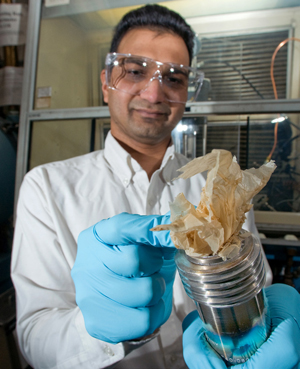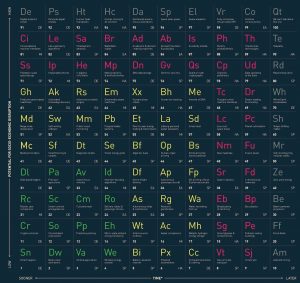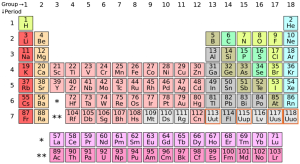 This year marks the 150th anniversary of Dmitri Mendeleev’s discovery of the periodic system—marking one of the most significant achievements in science, which not only captured the essence of chemistry but also of physics and biology. We honor this moment in history by celebrating the “International Year of the Periodic Table of Chemical Elements” (IYPT2019) this year, according to IYPT2019.
This year marks the 150th anniversary of Dmitri Mendeleev’s discovery of the periodic system—marking one of the most significant achievements in science, which not only captured the essence of chemistry but also of physics and biology. We honor this moment in history by celebrating the “International Year of the Periodic Table of Chemical Elements” (IYPT2019) this year, according to IYPT2019.
There are a number of ways you can pay tribute to the invention of the “common language for science.” Explore the periodic table by participating in one of the many activities hosted by IYPT2019, like the IUPAC Periodic Table Challenge for a chance to win a periodic table signed by a Nobel laureate in chemistry, the EYCN periodic table video competition for a chance to win a trip to Paris, or show off your artwork with a creative Mendeleev Mosaic—and more!





